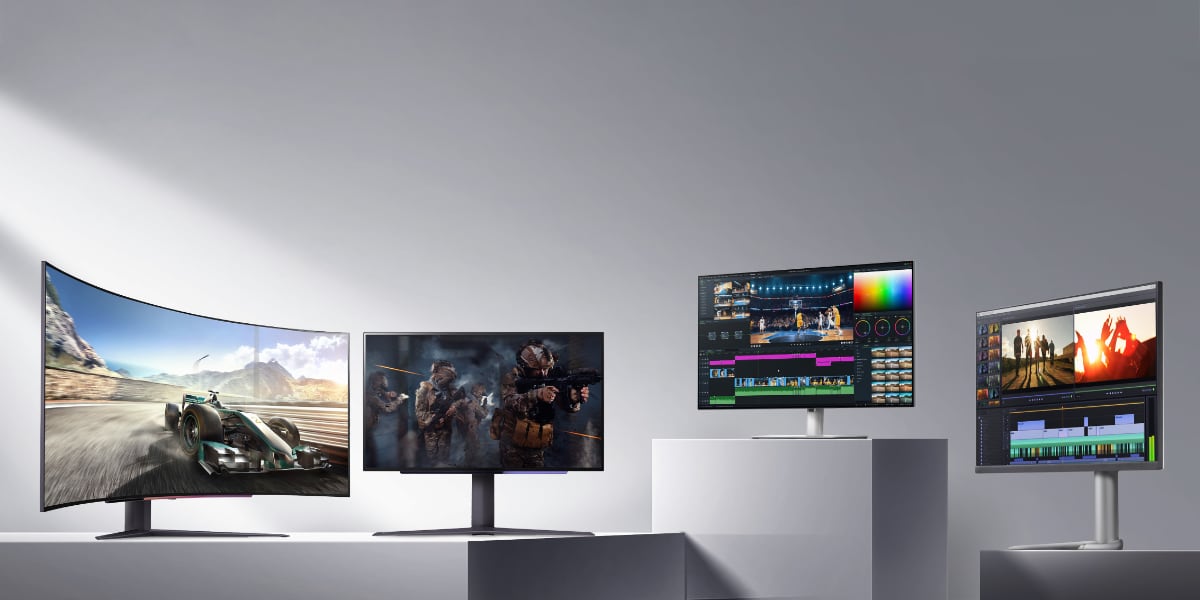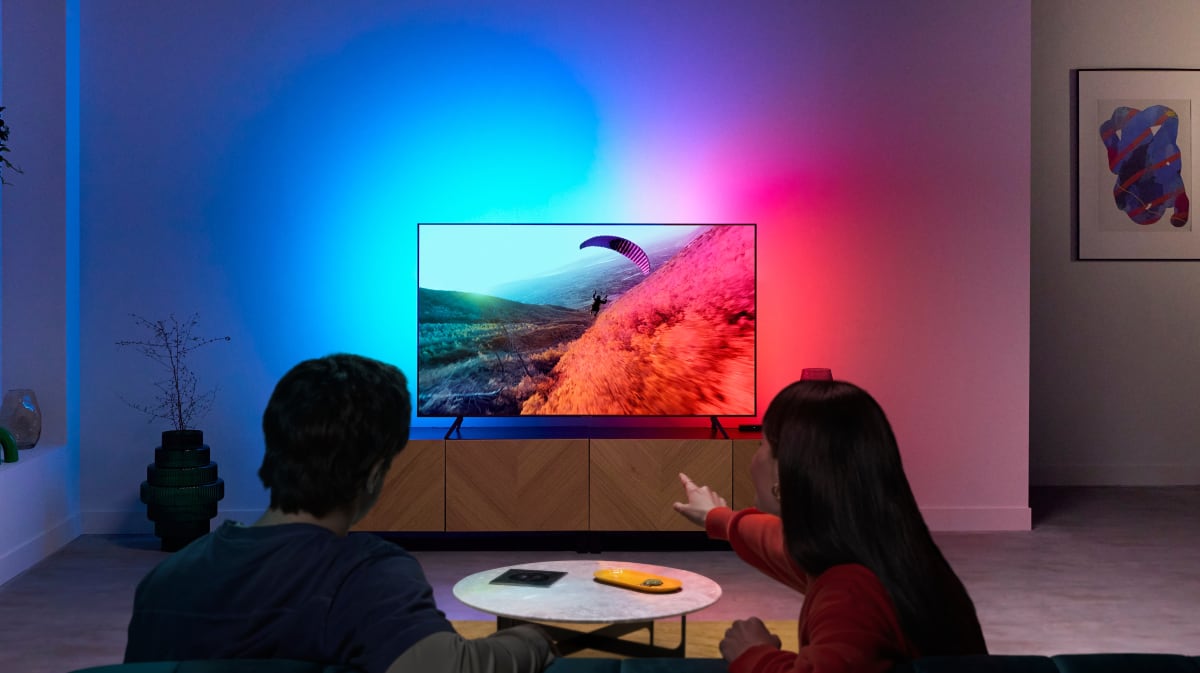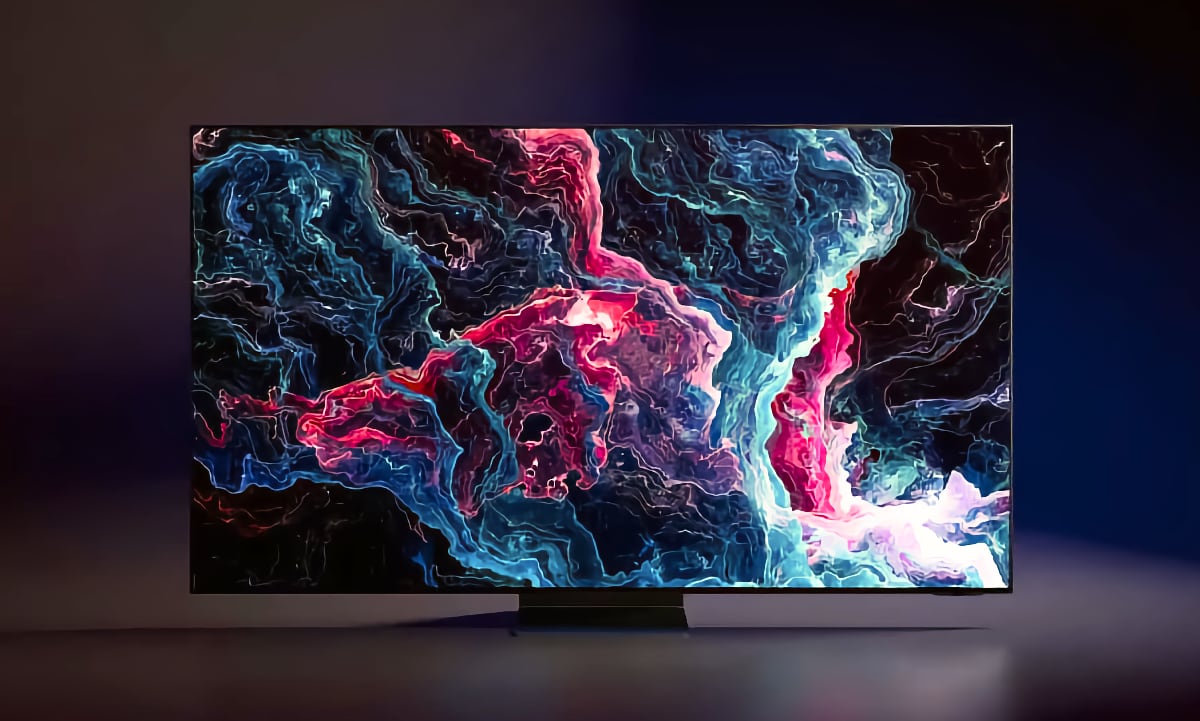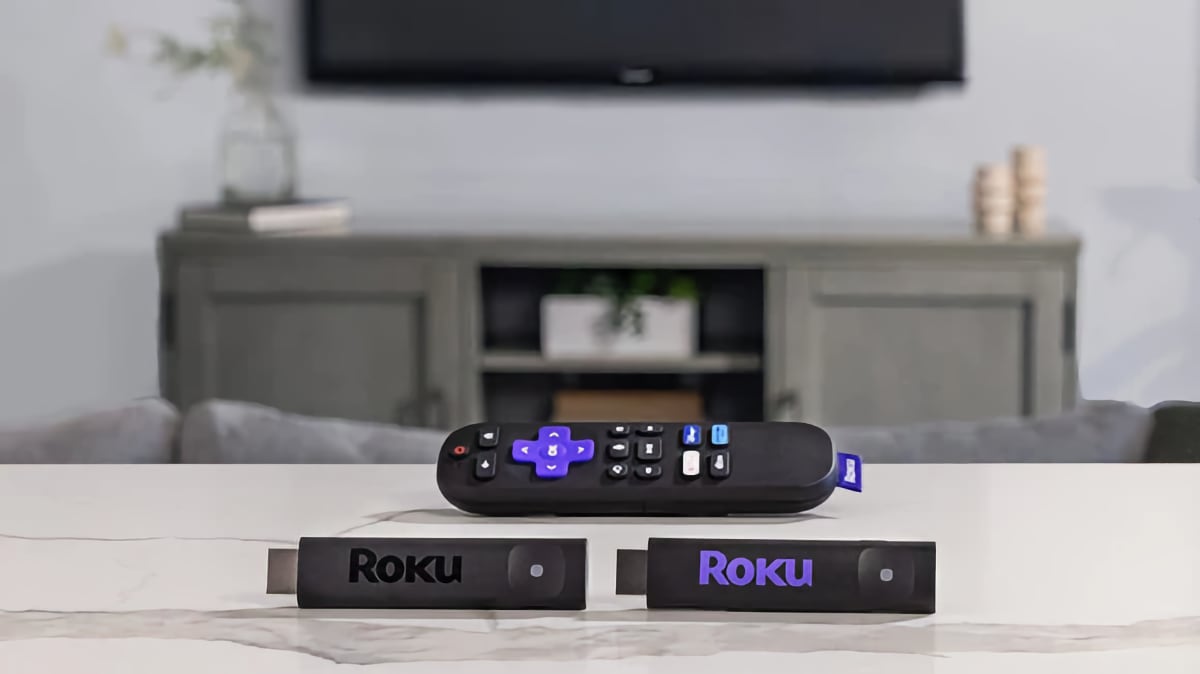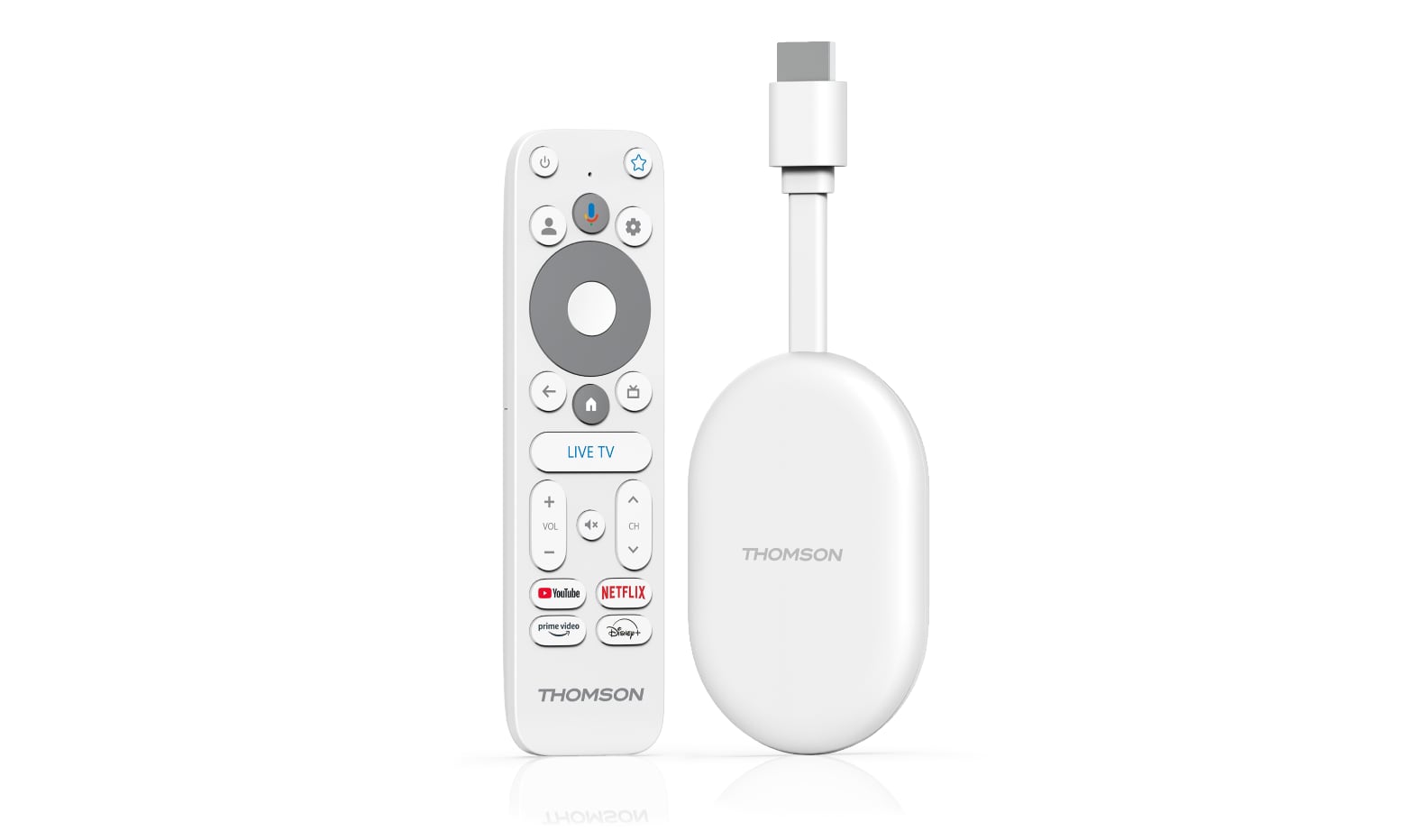The first OLED gaming monitors debuted in 2022, and the market is now booming, projected to surpass $1 billion for the first time in 2025.
While inexpensive LCD monitors still dominate the market, OLED monitors accounted for 13.3% of overall market share in 2024, up from virtually zero in 2021.
Initially marketed as gaming products, the first non-gaming OLED monitors from multiple brands are set to launch in 2025. These are not designed specifically for office, graphics or editing work, but rather for general media consumption. Additionally, improved gaming monitors will launch this year.
Also read: All the new OLED monitors launching in 2025
Market to surpass $1 billion
Due to the strong demand and new product launches, market research firm Omdia projects the OLED monitor market will exceed $1 billion for the first time in 2025.
South Korea's LG Display and Samsung Display currently dominate the market, holding a combined 99.8% share, with Chinese companies capturing a small 0.2% share. However, TCL CSOT could soon emerge as a strong competitor with its inkjet-printed RGB OLED technology.
LG Display and Samsung Display launched their OLED gaming panels roughly 10 years after the debut of OLED TVs.
What's next for OLED?
With deep blacks, 100 times faster response times than LCD, and self-emissive pixels, OLED and QD-OLED monitors already outperform LCDs in most aspects. However, display makers are continuing to improve brightness, resolution and refresh rates.
Samsung Display will introduce its first 5-layer QD-OLED panels in 2025, while LG Display is set to launch a new 45-inch 5K2K panel. Later, LG Display will gradually transition to its new Primary RGB Tandem structure in monitor panels.
LG Display’s current lineup includes 27, 32, 34, 39, and 45-inch panels, while Samsung Display offers 27, 32, 34, and 49-inch panels.
Also read: Future display technologies: QD-EL, Ultraviolet micro-LED, OLED, more
In 2026, Samsung Display is expected to release the first 27-inch 5K OLED. The panel market is also working toward the adoption of blue PHOLED for 'dream OLED' displays.

